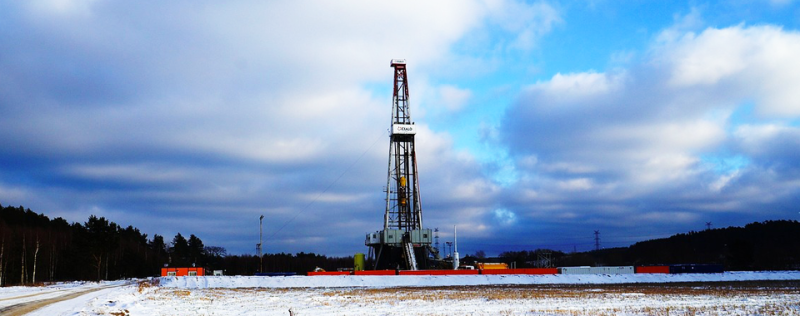Creating economic growth and industrial opportunity through shale gas optimization

To some, "optimization" may simply be a word to use when "better" won't do. But to Ignacio Grossmann, professor of chemical engineering at Carnegie Mellon University, optimization is the key to unlocking huge cost savings for shale gas companies who are struggling to stay afloat as oil and gas prices continue to drop.
The process engineering strategy uses novel mathematical programming models to save companies money, time, and resources. Grossmann, along with chemical engineering Ph.D. students Markus Drouven and Linlin Yang, and Universidad Nacional del Litoral Associate Professor Diego Cafaro, pioneered research in this area. They have spent the last four years focused on the strategic planning, design, and development of the shale gas supply chain network, including the water management in shale gas operations.
The recent drop in natural gas prices has threatened the profitability of many operators, resulting in over 65,000 layoffs in 2015 by big industry players, according to Forbes Energy. Grossmann and his team recently used their optimization techniques to try to reverse this trend by helping companies make better investment decisions that relate to the planning of drilling shale gas wells. As part of this research, the group determined the most cost-effective drilling and completions schedule for a shale gas development area in Southwestern Pennsylvania that contained over 18 well sites and 40 prospective wells. This project was published in the AIChE Journal in 2016.
"In this project, we used novel mathematical models (known as mixed-integer programs) and related optimization software to rigorously evaluate millions of possible development strategies and then provide clear recommendations for action," explains Grossmann. "It is very exciting for us and our industry collaborators because there is currently no similar computational strategy for planning in the shale gas industry."
Currently, spreadsheets are used to plan out decisions, such as when and where wells should be drilled. Companies do not have the capabilities to use strategic computer tools like the ones that Grossmann's group uses to make long-term development and planning decisions. Using these optimization techniques, Grossmann and his group were able to increase the overall gas production and profit while decreasing the number of wells needed. Their recommendations also improve equipment utilization for pipelines and compressors.
"There is a lot of pressure on upstream companies (focused on production and exploration) to remain profitable while the price of gas decreases. This means that the role of optimization becomes even more important to help make better economic decisions for these companies and our communities at-large," says Grossmann. "We hope that the research we are doing will help grow businesses and promote growth in regions that rely on shale gas production as an important economic driver."
More information: Drouven, M. G. and Grossmann, I. E. (2016), Multi-period planning, design, and strategic models for long-term, quality-sensitive shale gas development. AIChE J., 62: 2296–2323. DOI: 10.1002/aic.15174


















